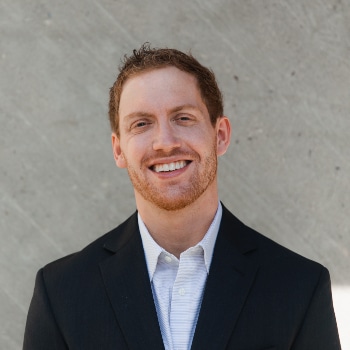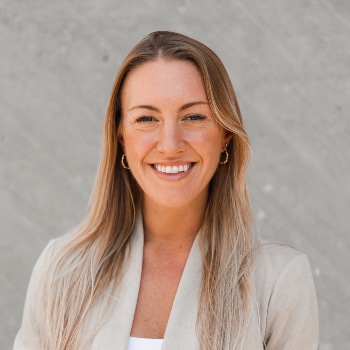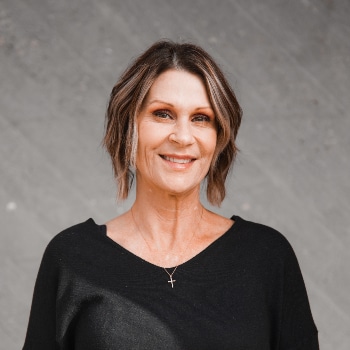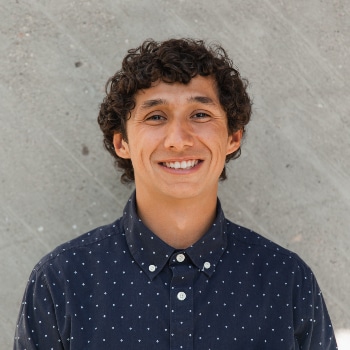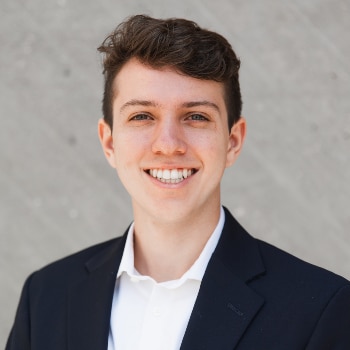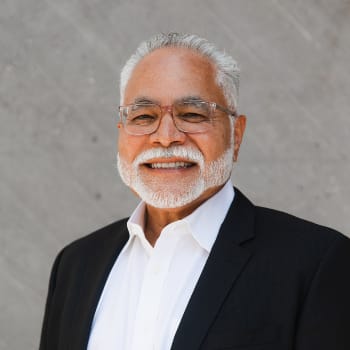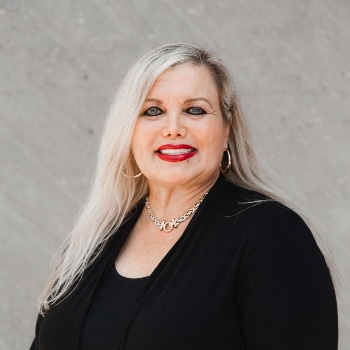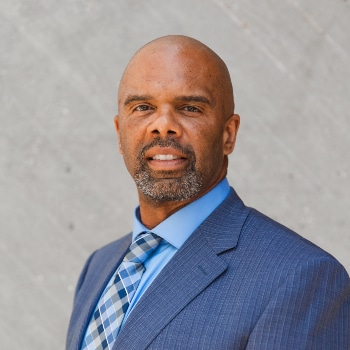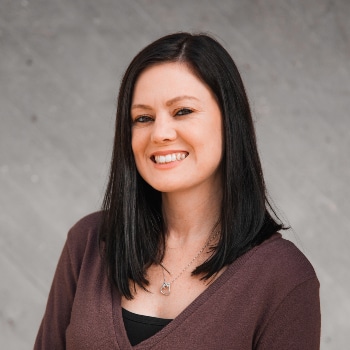Mood Disorder Treatment
in Orange County, CA
Mood disorders are a class of mental health disorders that broadly describe all types of bipolar and depressive disorders. Mood disorders are often associated with feelings of extreme sadness, happiness, or both.
Fluctuations in mood are common in all people, but when these fluctuations persistently occur for two weeks or more this may be a sign of a mood disorder. Approximately 9.7% of U.S. adults per year suffer from a mood disorder.

Major Depressive Disorder
Major Depressive Disorder (MDD) is one of the most common mood disorders in the United States. MDD is characterized by persistent feelings of sadness that can begin to affect everyday life. To be diagnosed with MDD, symptoms of depression must persist for at least two weeks.
Symptoms of Major Depressive Disorder include but are not limited to:
- Feelings of hopelessness, guilt, helplessness, or worthlessness
- Losing interest in activities once enjoyed
- Changes in weight or sleep patterns
- Struggling with concentration, memory, or making decisions
- Thinking of suicide or death
- Irritability or restlessness
Dysthymic Disorder

Dysthymic Disorder, known as Dysthymia or Persistent Depressive Disorder, is a mood and depressive disorder. This disorder is characterized by symptoms of depression that are less severe than MDD and are long-lasting.
In order to be diagnosed with this disorder, individuals must experience symptoms for at least two years. The danger with dysthymia is that this disorder is harder to recognize and more difficult to diagnose.
Bipolar Disorder
Bipolar disorder is a mood disorder that is chronic and characterized by drastic changes in mood. Bipolar episodes consist of either a depressive episode or a manic episode. Depressive episodes are associated with depression symptoms and may last longer than manic episodes.
Manic episodes are associated with heightened moods like euphoria, impulsivity, and excitement. When in a manic state, behaviors may become riskier and can begin to affect daily life. This heightened state is usually not sustainable and often leads to a depressive episode.
Substance-Induced Mood Disorders
Substance-induced mood disorders manifest when drug abuse, misuse, medication, or alcoholism results in depression or bipolar symptoms. This type of mood disorder may occur while intoxicated or during the detoxification process. Depression and bipolar commonly co-occur with substance use disorders.
Depressive episodes are most often associated with heavy alcohol use, opioid use (especially heroin), and cocaine. These substances can also induce bipolar episodes, in particular the depressive episodes involved in bipolar disorder. In addition to these substances, manic episodes of bipolar disorder can also occur as a result of amphetamines and hallucinogens.
Treatment for Mood Disorders
Treatment for mood disorders is dependent on the diagnosis and symptoms that are present. Medication and therapy are common forms of treatment for these kinds of disorders. Recovery and symptoms reduction of mood disorders can be accomplished with proper ongoing treatment and diagnosis.
Medication
Antidepressants, antipsychotics, and mood-stabilizing medications can be used to treat the symptoms of mood disorders. The most common antidepressants are selective serotonin reuptake inhibitors (SSRIs) and serotonin-norepinephrine reuptake inhibitors (SNRIs). These medications focus on the neurotransmitters (i.e. serotonin & norepinephrine) in the brain that often shows lower activity in people who have mood disorders.
People who are diagnosed with bipolar disorder may also be prescribed antipsychotics or mood stabilizers. Mood stabilizers can be used to reduce mood swings and reduce abnormal brain activity. Antipsychotics are generally used to treat manic episodes associated with bipolar disorder as well.
Psychotherapy
Psychotherapy, also called “talk therapy”, is often used to treat mental health disorders including mood disorders. Psychotherapy can be utilized in one-on-one therapy sessions, family sessions, couple sessions, and group sessions.
Psychotherapy often involves defining treatment goals and objectives, finding new coping skills, introducing mindfulness techniques, and providing emotional support. Psychotherapy can last as little as a few sessions for current issues or be a longer course of therapy when used for long-lasting struggles.
Cognitive-Behavioral Therapy
Cognitive-Behavioral Therapy (CBT) is an evidence-based psychotherapy that can be used as a treatment for mood disorders. CBT is based on the theory that thoughts, behaviors, and emotions are linked together and can impact each other. Changing the way one thinks, behaves, and feels can positively impact one’s overall wellbeing.
CBT primarily focuses on the present moment problems but does take into account past experiences. This psychotherapy teaches new life skills and coping mechanisms in order to change behaviors and thought patterns. Therapists and clients can take a collaborative approach to create goals and objectives to determine the best methods of treatment.
Holistic Therapy
Mindfulness-based stress reduction (MBSR), yoga therapy, art therapy, meditation, and aromatherapy are holistic therapies that can be used in addition to evidence-based therapies to help treat mood disorders. These methodologies can complement and enhance traditional treatments. A customized treatment plan can include these holistic methods and be developed based on diagnosis, needs, and preferences.
Get Treatment for Mood Disorders in Orange County, CA
There are several treatment facilities dedicated to assisting individuals grappling with mood disorders, which can encompass conditions like bipolar disorder, depressive disorders, and substance-induced mood variations such as bipolarity or depression.
For anyone experiencing symptoms of a mood disorder, reaching out to these facilities can be a significant first step. Their teams are prepared to provide answers to any questions, offering a clearer insight into their programs and how they can support individuals on their journey to recovery.
